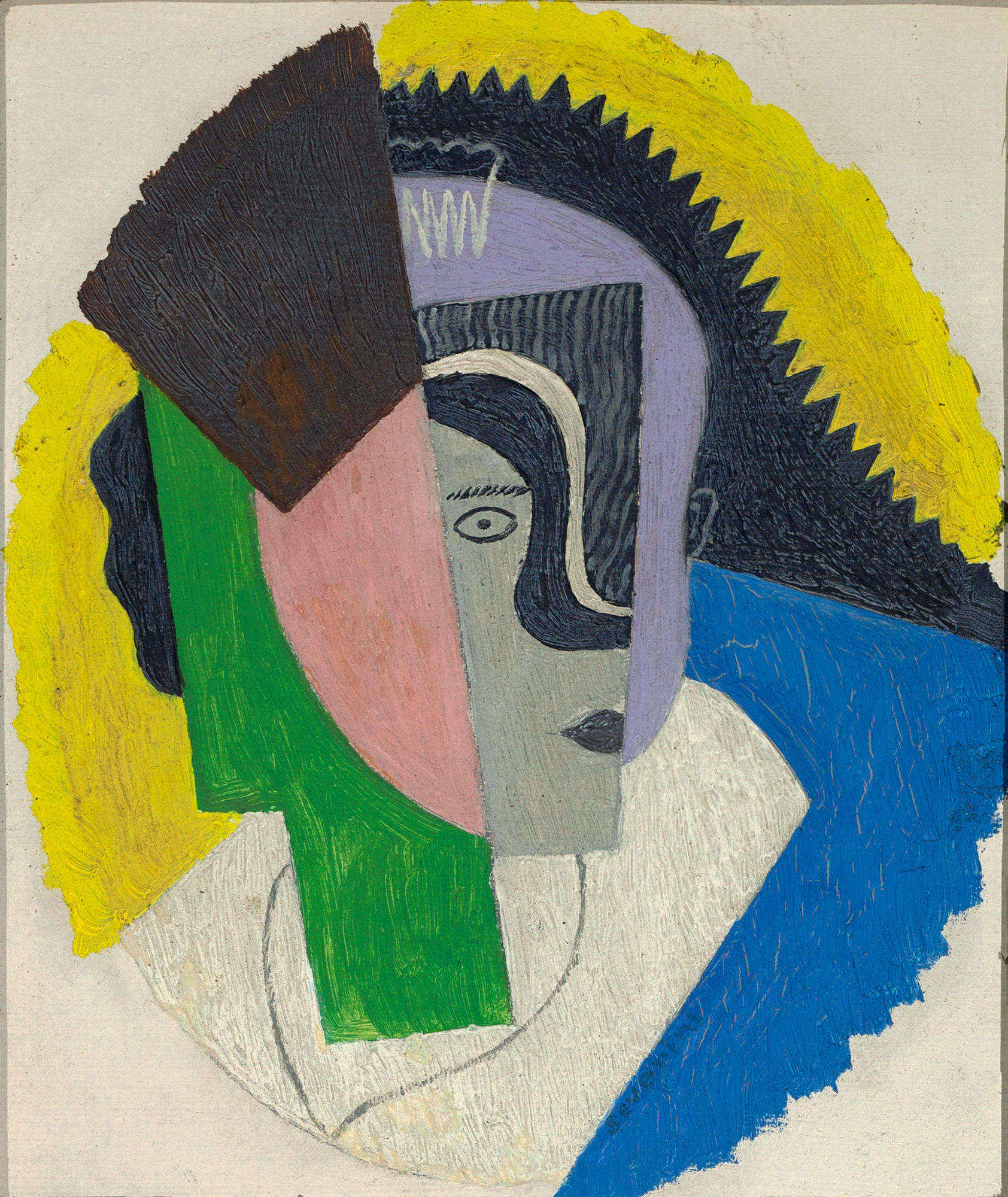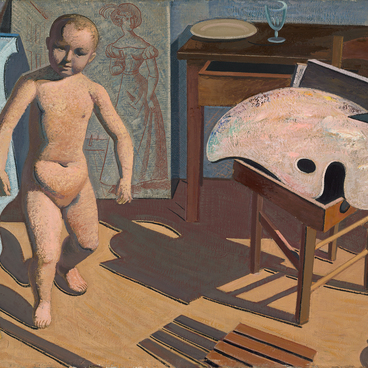#1

Gino Severini
Head
#2
#3
Gino Severini, an Italian painter, drawing artist, and sculptor, is well known as a futurist and cubist. After moving to Rome in 1899, he visited Umberto Boccioni, a famous futurist. Influenced by Giacomo Balla, who had just returned from Paris, Severini adopted the divisionist technique. In 1906, he moved to Paris, where he met Modigliani, Dufy, Utrillo, Braque, Picasso, and Juan Gris. At that time he was captivated by the theory of Analytical Cubism. In 1910, together with other artists, he signed the Manifesto of Futurism. In 1912, Severini took an active part in the first collective futurist exhibition. Later, he gradually turned to the method of Synthetic Cubism. In 1913-1914, the artist left for Italy, but he soon came back to Paris. During this period, Severini was intrigued by the ideas of Cubo-Futurism and paid a lot of attention to developing the “scientific” method in art.
#5
“Head”
#4
The result of this quest was the small artwork “Head”, painted with oil on cardboard. It was made in Paris when the artist became interested in mathematics. Severini managed to create an analytic concept, which was mostly based on shifts of depicted space and objects, displacements, and disproportional combinations of different spatial fragments. Color and the “effect of mosaic break-ups” of real objects also play an important role in his works.
#6
Origin of the painting
#7
It seems that Severini gave this painting to Mikhail Larionov, who had been living in Paris since 1915 and brought it to Moscow in 1927 as a gift for the State Museum of New Western Art.
читать дальшескрыть
00:00
00:00
1x
Head
Время создания
1918
Размер
16x13 cm
Техника
cardboard, oil
9
Открыть в приложении
Поделиться


